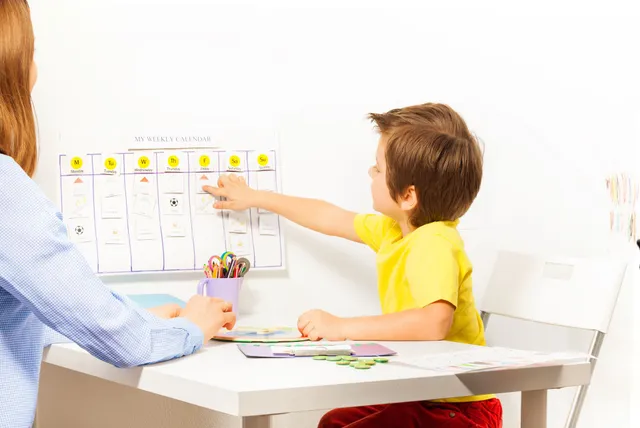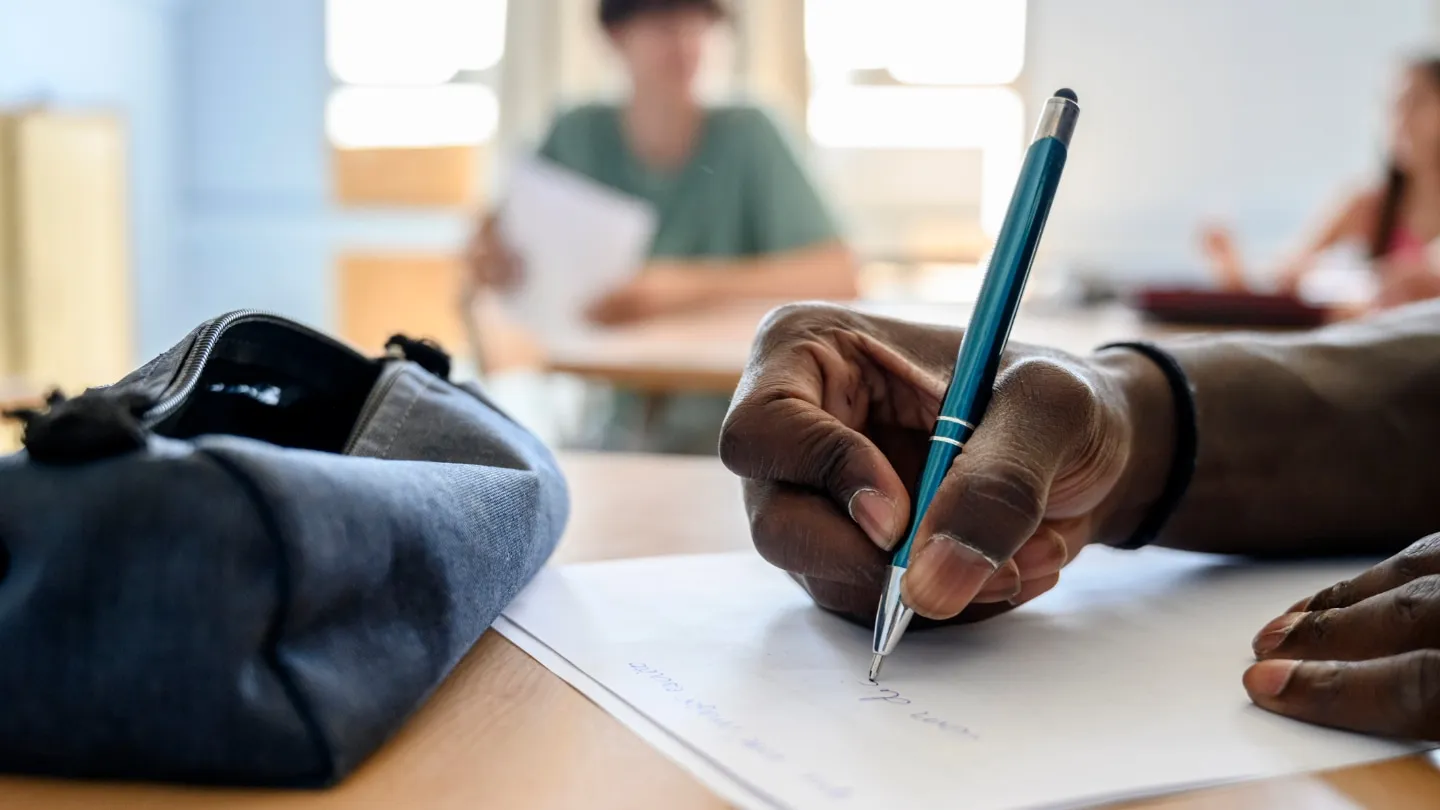Try out WriteStories free for 7 days!



.svg)
Back to blog
Blog
Why Visual Prompts Matter

Category
General
Date
July 28, 2025
Reading time
5 min read
Author

Bob Wood
When we think about writing instruction, we usually start with words—spelling, sentences, structure. But what if the brain wants to start with pictures?
Recent findings in cognitive neuroscience suggest that visual processing plays a foundational role in narrative development. According to Kosslyn & Thompson (Harvard, 2003), the brain’s visual centers activate rapidly and robustly in creative storytelling. Images aren’t just decorative—they’re generative. For young learners, starting with visual stimuli can help unlock language centers, memory networks, and creative thinking pathways.
That’s exactly the principle behind WriteStories.
On WriteStories, kids begin with a series of engaging, wordless illustrations. These aren’t random pictures—they’re thoughtfully designed story sequences that ignite imagination. A forest path with a hidden clue. A rocket ship lifting off in the night. A squirrel looking mischievous next to an open backpack. From these seeds, stories bloom.
And this isn’t just creative fun—it’s pedagogically powerful. According to a 2021 Reading Research Quarterly study, visual storytelling supports vocabulary acquisition and sentence formation in young writers. The imagery provides schema for narrative sequence, conflict and resolution, and even character development.
In a classroom setting, visual prompts are also a great equalizer. They give English language learners, reluctant writers, and neurodiverse students a shared starting point.
WriteStories also aligns beautifully with multimodal literacy strategies. When children integrate visuals and text, they’re practicing the same skills used in media literacy, presentations, and cross-curricular projects. Plus, they’re more engaged—because the process feels like play, even when it’s serious learning.
So if you’re wondering whether it’s "cheating" to give students pictures to write about, science would say the opposite: it’s a best practice.
At home or in school, WriteStories taps into how the brain wants to create. With a little art and a lot of heart, it turns pictures into powerful prose.









